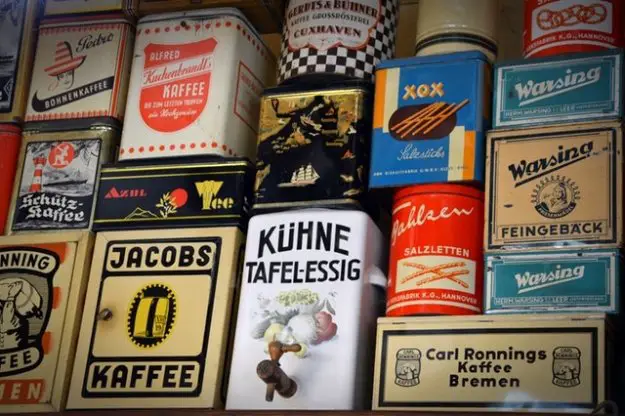
The term custom label refers to the graphics, text or any information printed on an adhesive paper attached to the product or printed on a product’s container itself. The main aim of a custom label is to relay visual information related to the product to your clients.
Custom labels go beyond the usual design and print model. Here are some considerations that will make the process easier for you.
1. Prepare and Plan
You may be in a rush to release your product to the market. However, the label is just as important. You cannot afford to do it wrong. Take your time to prepare an outline of the important things to include on the label as well as the size. Ensure you select a label printing company that can save you time and money without compromising the quality of materials that will be used. A good print should be high-resolution or customized to your needs.
Go on to get more details about your target clients. This step is important since you want to come up with labels that spark your shoppers’ interest and prompt them to purchase. Benchmark your existing competitors to figure out how to make labels that make your product stand out.
2. Consolidate your brand story
Once the label has sparked interest in the shopper, it should go on to provide the content that will lead to a purchase. Include the points that make your product unique. Your brand story goes beyond a catchy tagline. It should tell the history, portray the personality, and show the image of your brand.
3. Decide on the packaging and label specifications
Decide on the type of external packaging to hold the products. The outer package should complement the custom label design so that both showcase the items effectively.
4. Design the custom label

This step comes after you have done your research, prepared the brand story and decided on label specification. When designing the product label, maintain simplicity. Ensure your brand name is bold and clear. Play with colors and use carefully chosen fonts.
A well designed custom label should be able to capture the attention of your clients and provide enough information about the product. Some of the most important details to include on a custom label include the ingredients, instructions for using the product, instructions on how to handle the item, the manufactured and expiration date.
5. Final proofing on the label
Having made all the specifications or your label, it is time to speak to design professionals. Present the design to them and they will give suggestions that will help you reach out to the target clients. Implement the ideas that you like on your design.
6. Print the labels
Your custom label should last longer than the product. For instance, if you are selling ice cream, not only should the prints be eye-catching, they should be able to withstand the environmental factors that ice cream is subjected to such as low temperature, friction, and moisture.
Also, be very specific on the label material, shapes, and special finishes. For instance, a circular-shaped label printed on a metallic silver surface is more appealing than a rectangle label on a semi-gloss surface.
Conclusion
Labels build the identity of a business. A sophisticated custom label will give your brand authority ahead of the competitors. Designing your custom labels can be a difficult procedure for startups, as well as small companies, however, with patience, creativity, and dedication, you can come up with eye-catching custom labels for your brand. Use the above six tips to create your professional custom label.
The post 6 Things to Consider When Creating Your Custom Label appeared first on Mike Gingerich.
Read more: mikegingerich.com









